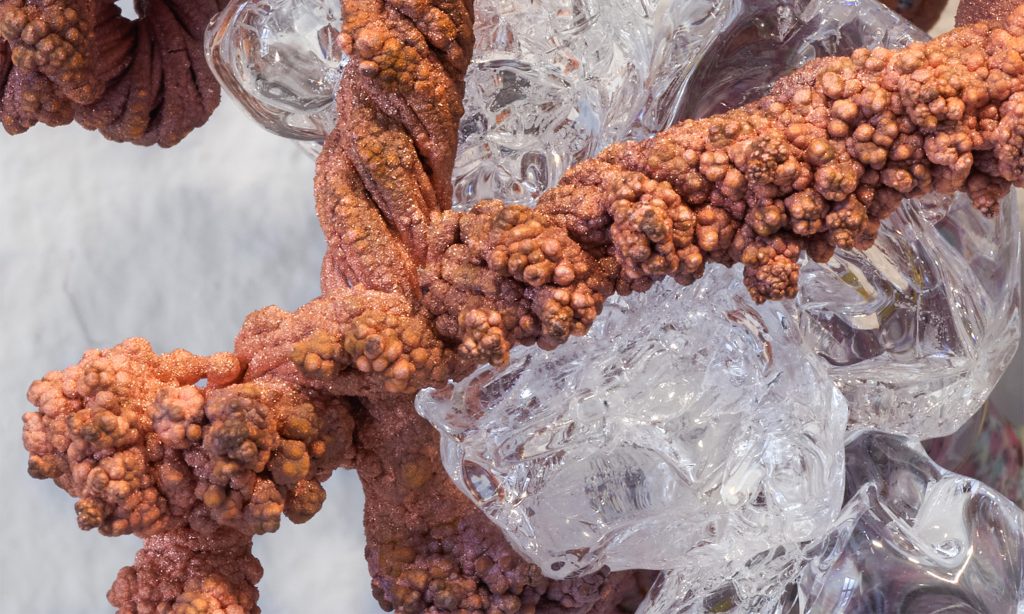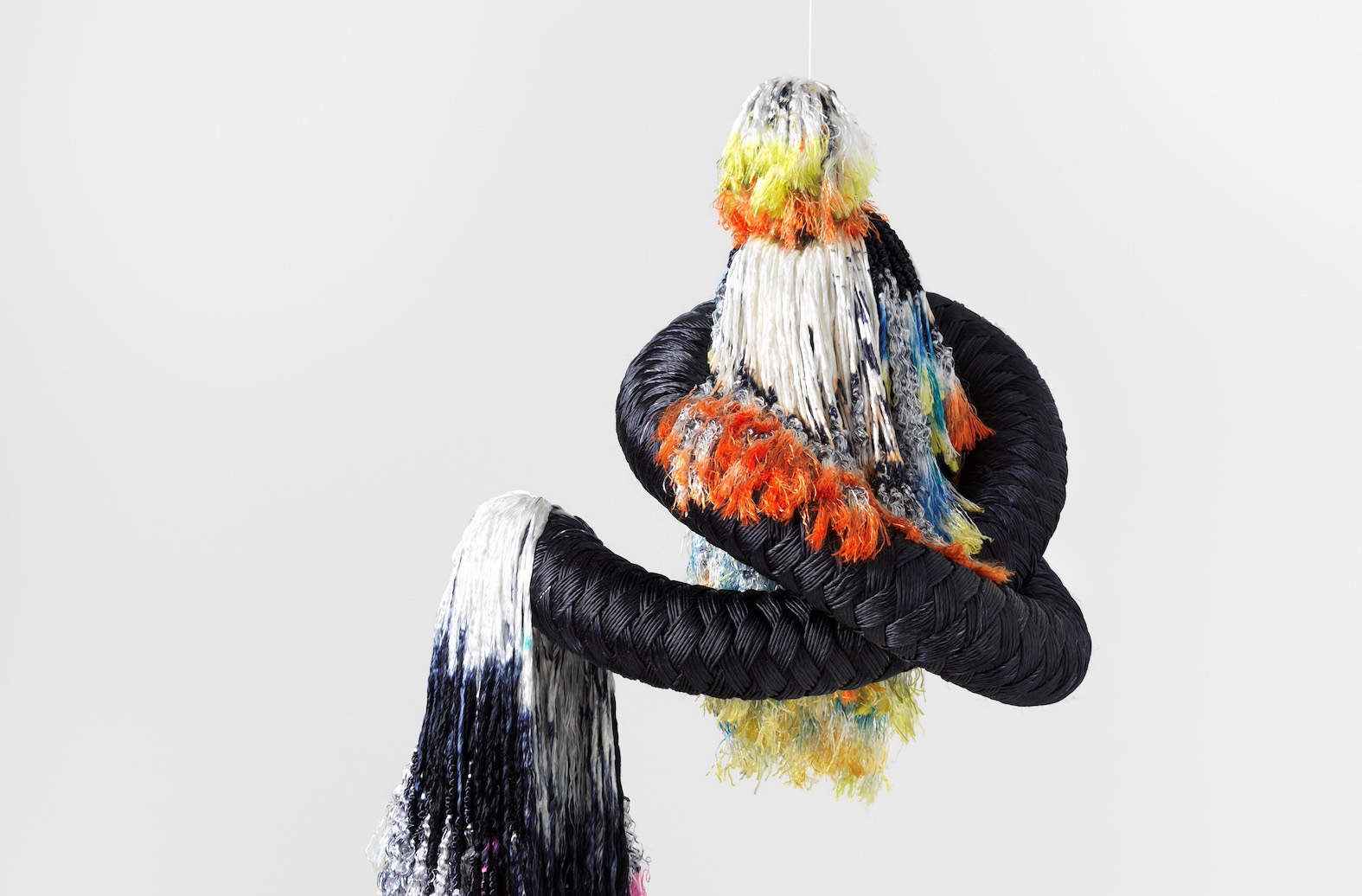Twelve artists or groups of artists from the Nordic countries and Sápmi have been invited to the exhibition. Their works have been created using a variety of techniques.
Hanne Friis
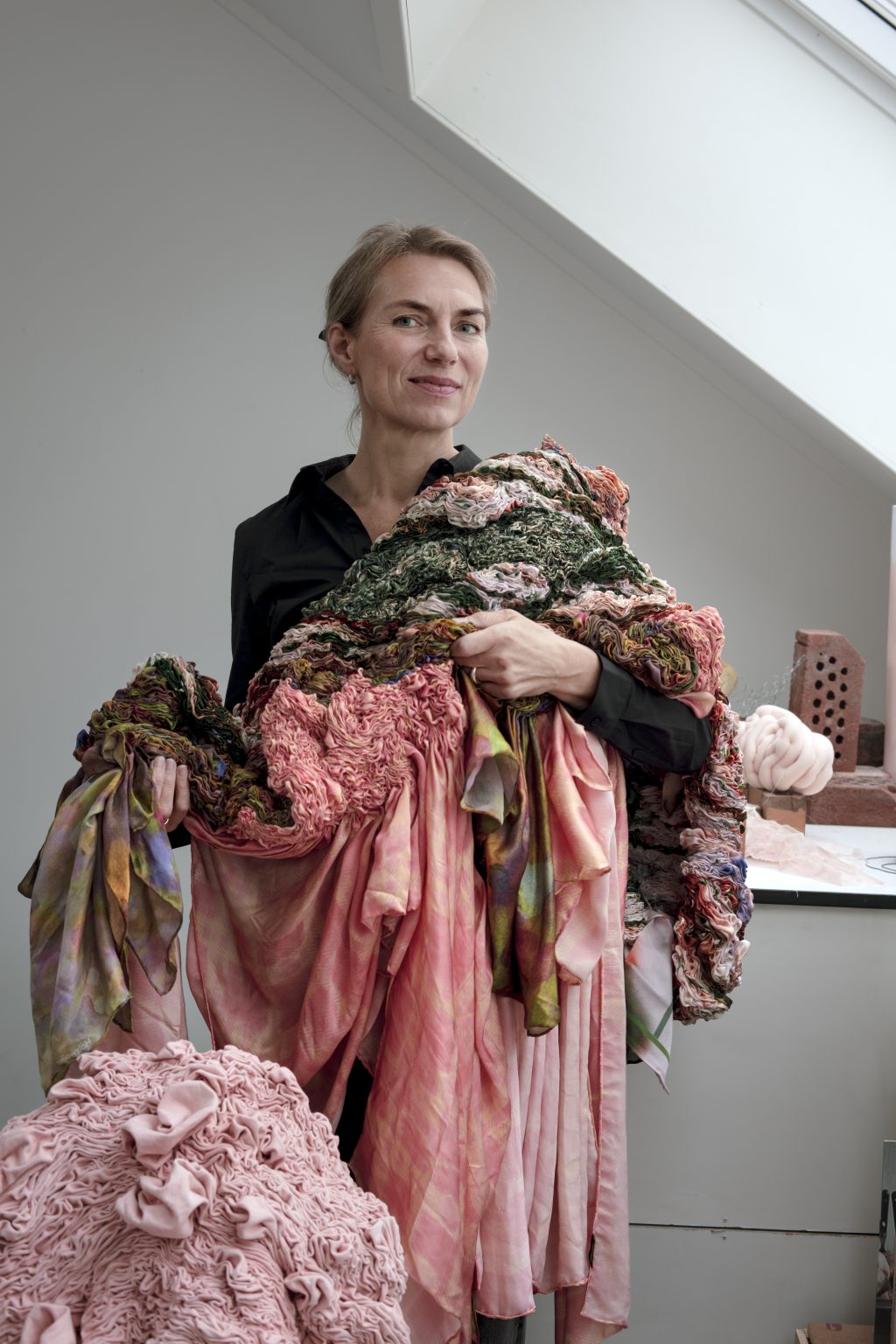
Photograph: Marie Sjøvold.
The dance-like interplay of material and form is at the core of Norwegian artist Hanne Friis’s (b. 1972) oeuvre. Sensitivity and the language of colours are also important aspects in her practice. Textile art is her primary means of expression. Through the skilled folding and sewing techniques she has developed over decades, Friis shapes textiles by hand using a needle and nylon thread, crafting dense three-dimensional forms from the loose, flowing material. This time-consuming process allows Friis to access a stream of consciousness, where energies and thoughts flow between the material and the artist. The organic, abstract forms that emerge from these processes are complex and associative soft sculptures.
Liina Aalto-Setälä
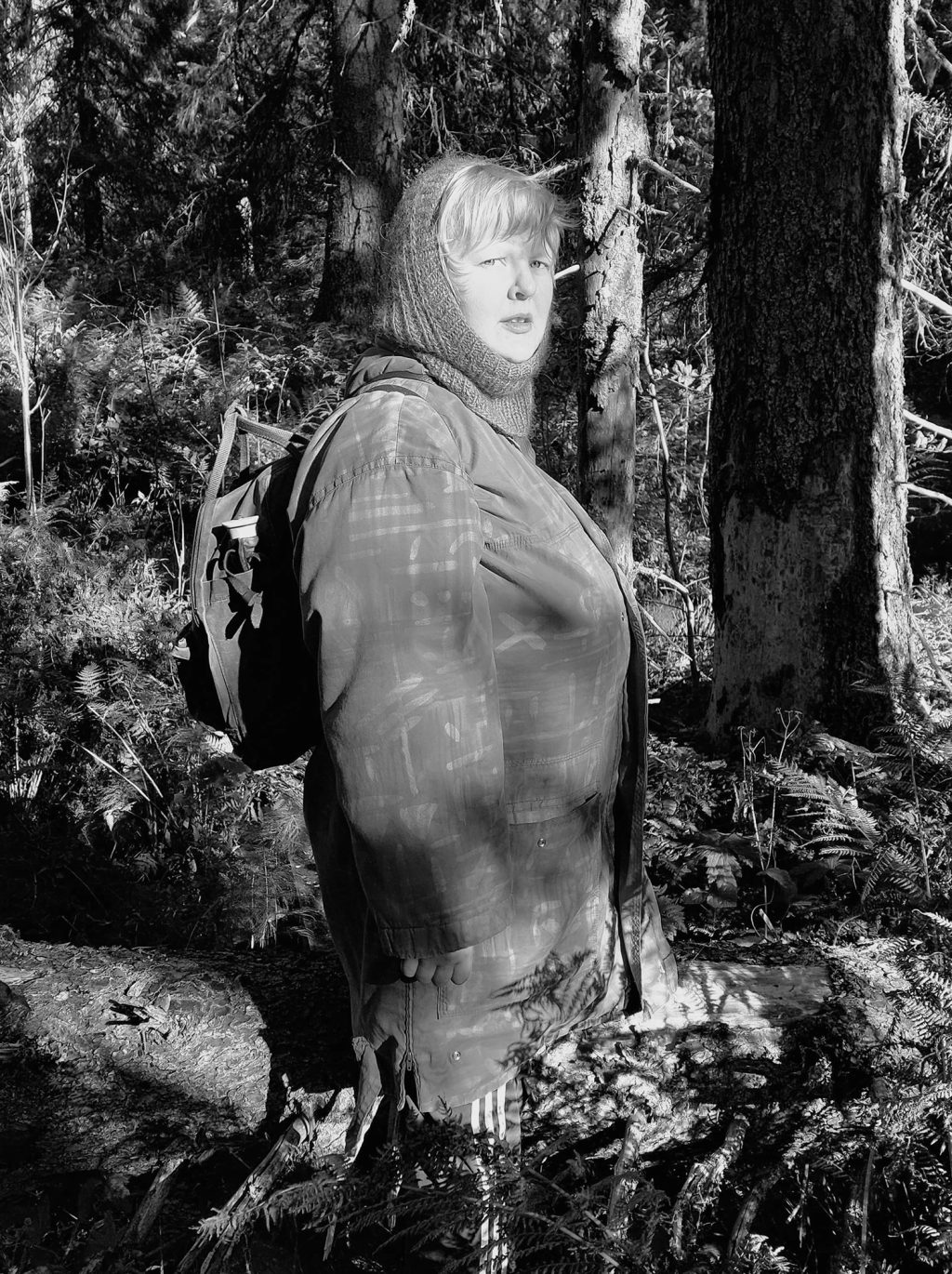
Artist portrait.
Liina Aalto-Setälä (b. 1990) is a visual artist based in Helsinki who works by combining sculpture, installations, analogue photography, and sound art. Aalto-Setälä emphasizes the use of organic materials in her work and studies traditional craft techniques. Her works explore the spiritual and emotional connection between humans and nature, drawing inspiration from the folk traditions of the Baltic Finnic culture.
Kirsti Muinonen
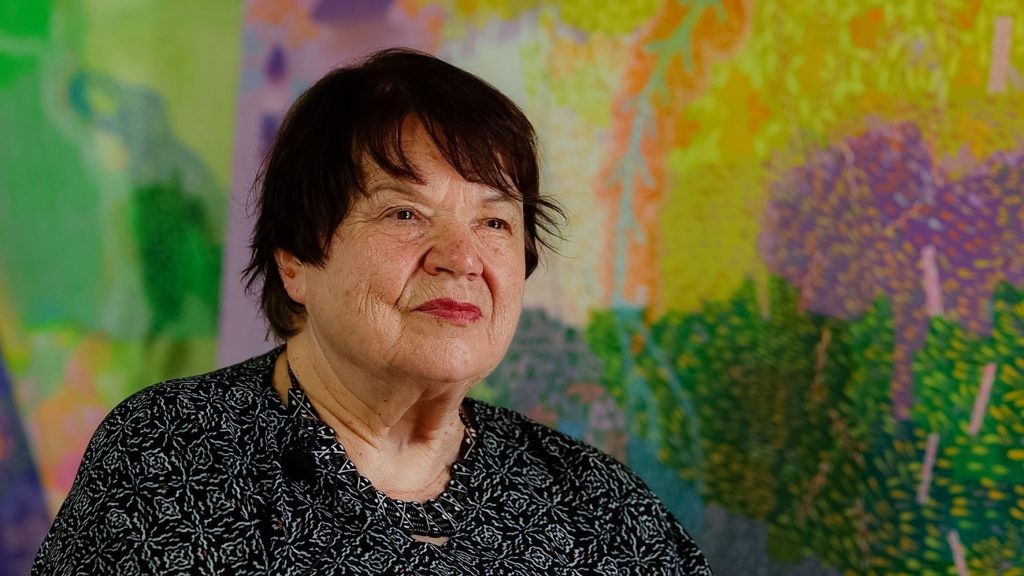
Photograph: Mika Friman.
Kirsti Muinonen (b. 1943) is an artist from Oulu whose artistic career has been ongoing since the early 1970s. Muinonen works with various painting techniques such as tempera, acrylic, oil, and watercolours. Her artworks are primarily oil paintings that reflect layers and states of the mind. Muinonen is interested in depicting invisible and unexplored worlds that the naked human eye cannot perceive. She examines questions studied by science through art and intuition and describes her working method as meditative.
Sasha Huber
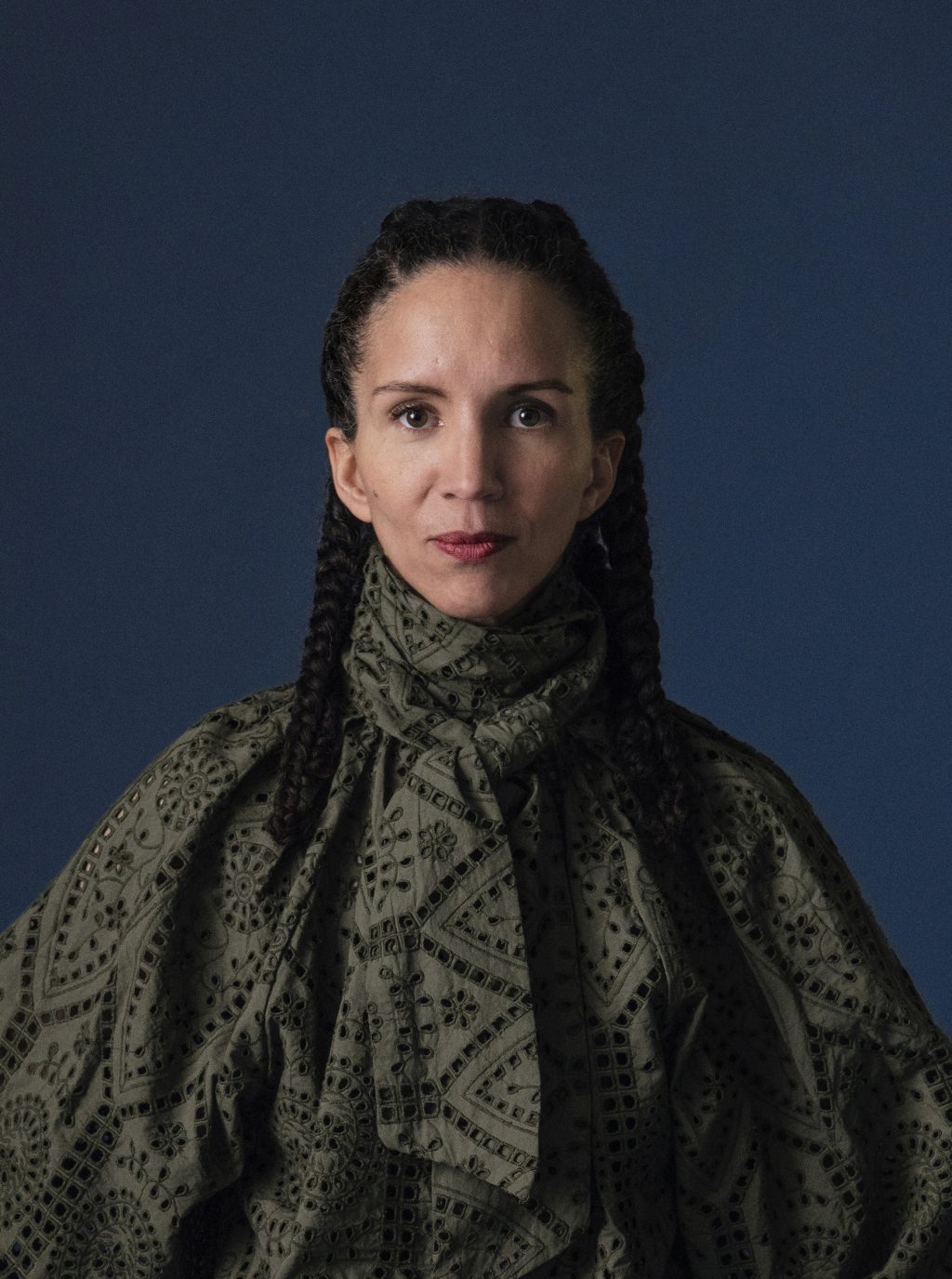
Photograph: Kai Kuusisto.
Sasha Huber (b. 1975) is a visual artist and researcher based in Helsinki with Swiss-Haitian heritage. In her art, Huber primarily focuses on questions of memory and belonging. She frequently highlights the concrete and symbolic traces that colonialism has left in various environments. Huber examines the connections between history and the present in insightful ways, utilizing methods such as archive materials. Her artistic practice includes performative interventions, video, photography, and collaborative projects. One of Huber’s most important tools is a staple gun. Aware of its symbolic significance as a weapon, Huber uses it to artistically redefine unequal power relations in society.
Sakari Matinlauri
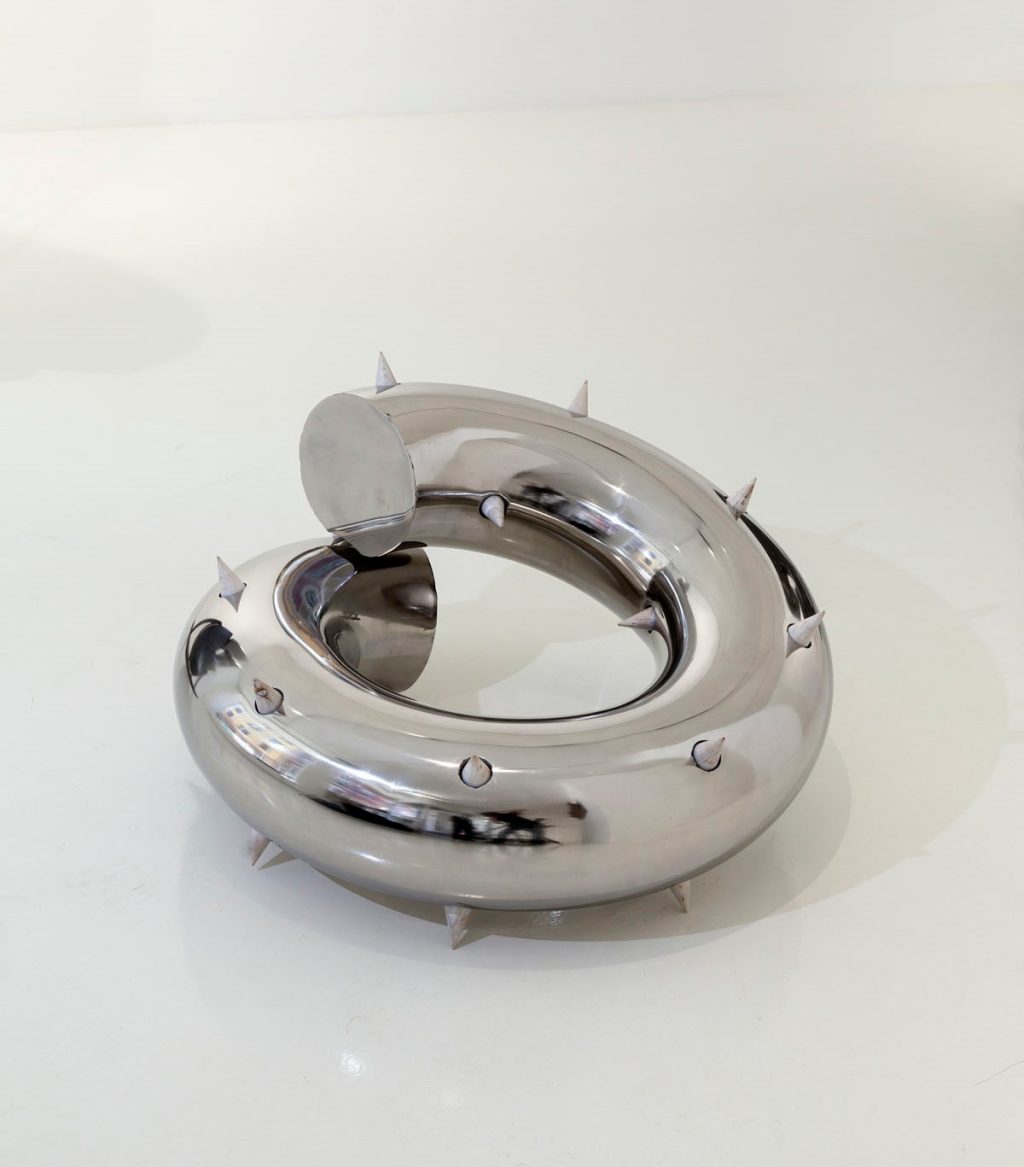
Sakari Matinlauri, Nicked, 2018.
Sakari Matinlauri (b. 1957) is a sculptor from Oulu whose works have been exhibited in Finland and abroad since the early 1980s. Matinlauri creates his sculptures in his studio in Pikisaari, Oulu, using materials such as metal, wood, stone, and paper. The themes of his works are inspired by nature and ancient Greek mythology. The depths of the human mind, as well as journeys made with one’s imagination and the subconscious, are also recurring motifs in Matinlauri’s art.
Sara Blosseville
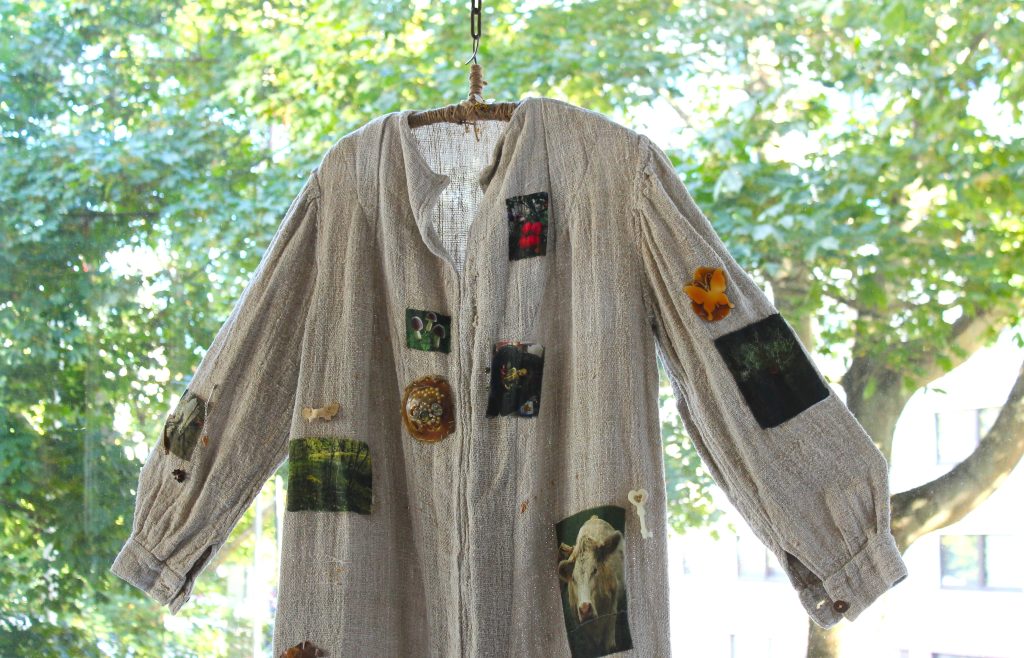
Sara Blosseville, Fellowship Outfit, 2022.
Sara Blosseville (born 1994 in France) is a visual artist living in the woods of Vantaa. Their craft covers sculpture, mixed-media installations, textile art and publishing. They mostly use materials from the home that they make, grow, find or obtain recycled or second-hand. This leads them to prefer materials from life places and harvests of nature instead of art supply shops. For Sara Blosseville, crafting is a way of understanding the world.
Christelle Mas
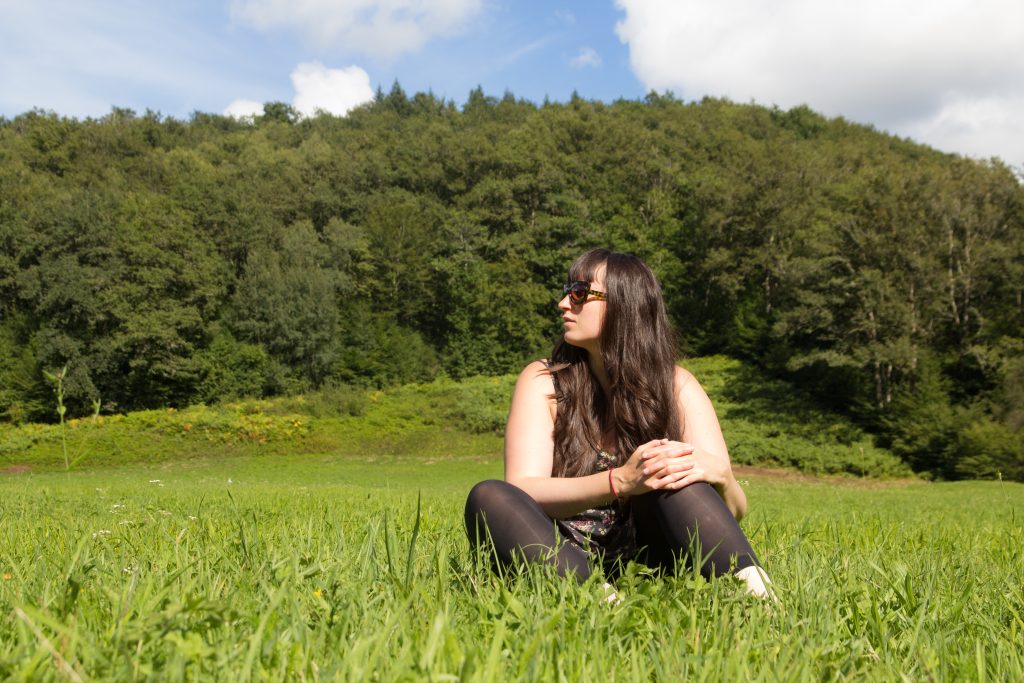
Photograph: Élisa Dolléans.
Christelle Mas (b. 1984) is a French photographer and mixed media artist based in Oulu. Her artworks are influenced by scientific methods and technologies. Mas works with layered digital photographs which she integrates into various mediums and techniques such as installations, soft sculptures, videos, and video games. Photography, in this kind of expanded sense, allows her to imagine possible futures through acts of imaging, modifying, editing, layering, and mixing. Mas is curious where scientific and technological development are taking human cultures next. Even though her artworks pose serious questions about what the future might hold, they are always infused with a hint of utopia.
Ellen Grieg
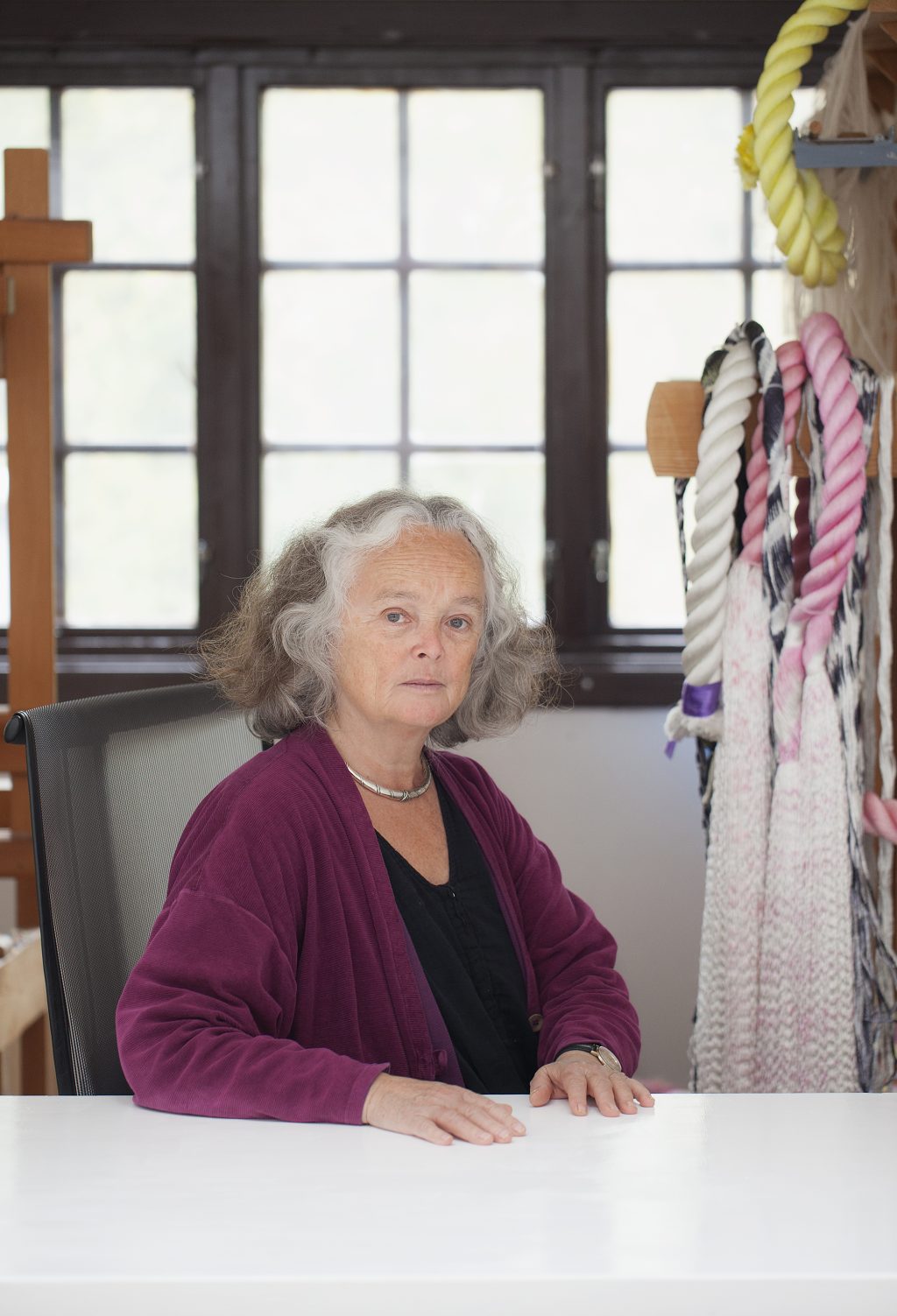
Photograph: Morten Andenæs.
Ellen Grieg (b. 1948) is an Oslo-based textile artist known for her colourful rope sculptures that hang freely in space. For more than 25 years, Grieg has been head of the textile workshops at Oslo National Academy of the Arts. Throughout her career in arts education, Grieg has undertaken extensive research into colours and the dyeing of natural and synthetic fibres, including techniques such as batik and plangi. She has applied some of these techniques to marine mooring ropes. In recent years, her works have taken on a more pronounced sculptural quality.
Kristin Larsson
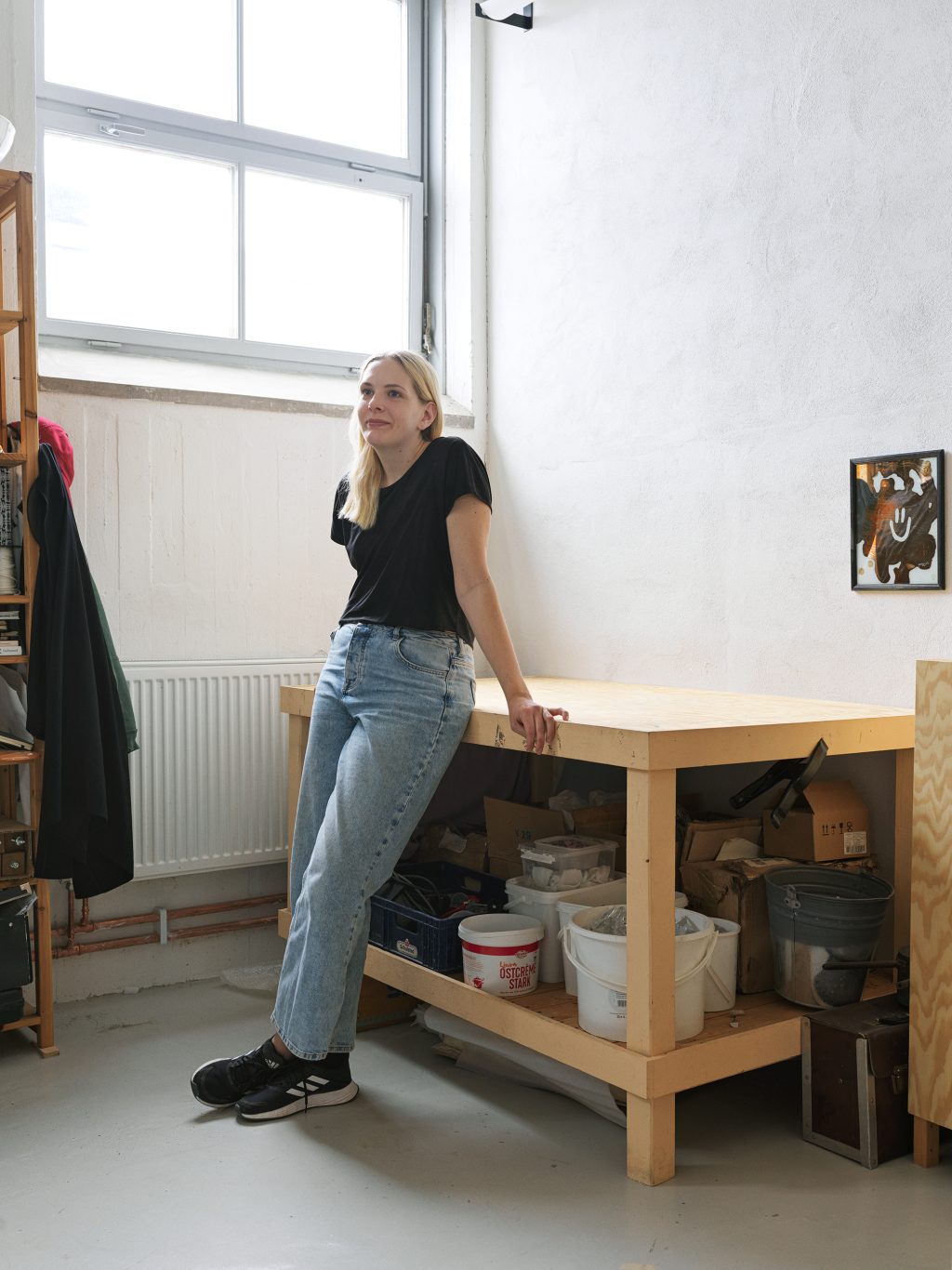
Photograph: Johan Knobe.
Kristin Larsson (b. 1990) is a crafter who works mainly with glass, which she combines frequently with metals such as copper, pewter and bronze. While often conceptually-driven, her work is playful and experimental. She is determined to challenge limiting and hierarchical crafts traditions by constantly searching for new expressions. She does this by continued exploration of the properties and possibilities of the materials she works with. Her sculptures expose the unclear distinction between what is considered natural as opposed to cultural. Larsson is interested in archaeological and natural historical findings that give her an incentive to reflect upon humans’ short existence on Earth, the traces they leave behind and how those traces will be understood by generations to come.
Kim Laybourn
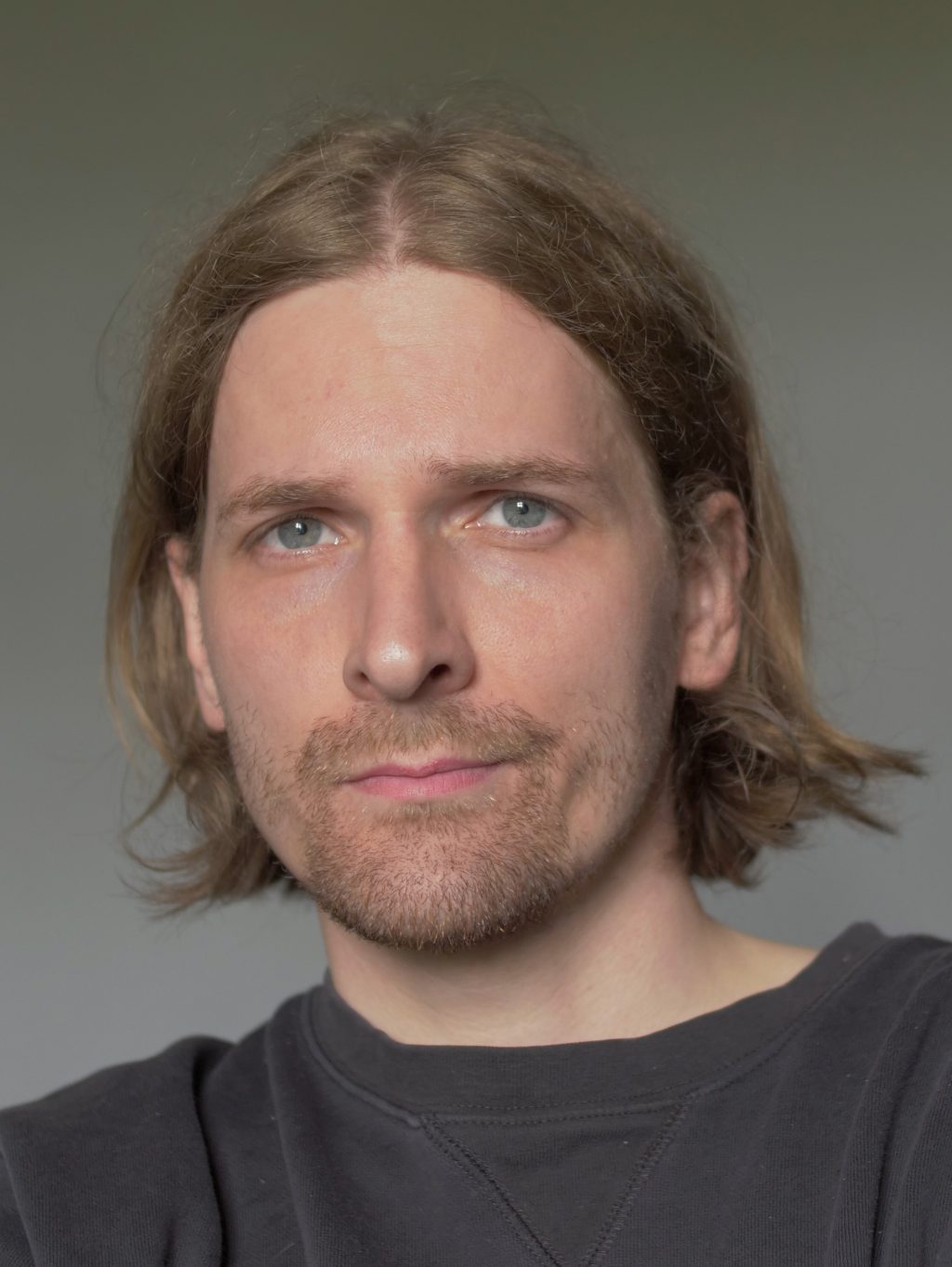
Self-portrait.
Through his research-based approach, Kim Laybourn (b. 1988) tackles phenomena, power structures, and concepts that affect how humans perceive and connect with the natural environment – or the so called more-than-human world. His artworks address complex phenomena through intricate layers built by combining moving image and sound. His multi-faceted artistic practice alternates between video, sound, music, installation, sculpture, drawing, painting, text, CGI, and animation.
Anna Ting Möller

Self-portrait.
Anna-Ting Möller’s (b. 1991 in Yueyang, China, lives and works in New York and Stockholm) decayed flesh-like sculptures tackle the themes of mothering, belonging and alienation. They work with a mother-kombucha culture to create installations that meditate on the concept of an orphaned fermented tea culture that feeds on tea and sugar. Möller was born in China and adopted by a Swedish family at the age of one. In their oeuvre, they want to highlight the tensions and ambiguities with kinship and cultivate connections between all living things across species-borders and beyond biological relationships.
Gáddja Haarla Pieski, Biret Haarla Pieski ja Outi Pieski

Photograph: Esete Sutinen.
Outi Pieski (b. 1973) is a Sámi visual artist based in Ohcejohka (Utsjoki), the Finnish part of Sápmi. Her paintings and installations touch upon the Arctic region and the interdependence of nature and culture. Her work combines craft traditions as somatic and familial vocabularies called duodji to reopen conversations about the Sámi people within transnational discourses.
Biret Haarla Pieski and Gáddjá Haarla Pieski are dancers and performers from Ohcejohka, the Finnish part of Sápmi. They graduated from the Finnish National Opera Ballet School in Helsinki (2019) and from P.A.R.T.S. in Brussels (2022). They have made several collaborations together, for example with theatre director Pauliina Feodoroff on the performance Matriarchy, presented at the Sámi Pavilion, Venice Biennale 2022, and with visual artist Marja Helander on an award-winning short film Eatnanvuloš Lottit / Birds in the Earth (2018). They were nominated as the Young Artists of the Year 2021 by the Riddu Riđđu Indigenous Art Festival in Olmmáivággi in the Norwegian part of Sápmi.
